The Three Layers of Rameshwaram
On a peninsula jutting towards Sri Lanka, one confronts India’s climate future.
The spit of land extending from the state of Tamil Nadu towards the teardrop-shaped island of Sri Lanka is a quintessentially Indian amalgam of legend, myth and history.
It is the place where, in the epic Ramayana, one of the two great tales in the Sanskrit-Hindu literary tradition, the hero Ram points with his mighty bow. This marks the spot for Hanuman, his monkey god ally, to muster his simian troops and build a bridge across the windswept channel to Lanka. The exiled future king Ram crosses to confront his nemesis, Ravana, in a climactic battle to rescue Sita, his virtuous wife, from her garden prison there.
The tongue of land is also the scene of the tragedy of Dhanushkodi, a real-life village swept away by a huge cyclone in 1964. Accounts of the fateful day invariably feature the determined, if naive, railway engineer who drove his locomotive into the gale. The train was engulfed by the storm surge, leaving him and all of the 115 passengers aboard dead.
And, finally, the city of Rameshwaram — which means “Lord of Ram” in Sanskrit, a reference to the Hindu deity Shiva — is the hometown of one of the most celebrated of India’s modern heros (outside of Bollywood and Cricket).
A.P. J. Abdul Kalam was born here in 1931, to a poor Muslim family. He became a scientist known as the “Missile Man of India,” for developing the ballistic missiles that can carry India’s most powerful weapons. He was a key figure overseeing the country’s historic nuclear tests in 1998, working closely with the Hindu nationalist Bharatiya Janata Party, which led the government at the time, as it does now. Abdul Kalam ultimately became India’s 11th president, with support not only from the BJP but also the opposition Congress Party. He died at age eighty four in the northeast of the country while delivering a lecture titled, “Creating a Liveable Planet Earth.”
The jagged layering in these three distinct stories — real, imagined and mythologized, jostled together by the tremors of time and the human psyche — makes Rameshwaram as good a place as any to contemplate the promise and peril of India’s trajectory today. That includes its role contributing to climate change and its response to the devastating impact changes in the climate will have on the subcontinent itself.
My visit here was a meander through these intermingled realms. In the company of a local guide, a 30-minute drive took us to the easternmost point on the peninsula, where even on a calm day one can easily imagine being consumed by the surrounding turbulent sea. The Bay of Bengal is visible to the left, through the Palk Straits. The Indian Ocean is to the right, via the Gulf of Mannar. We have now crossed from India’s west coast (which I wrote about here, here, here and here) to its eastern shores. From here our travels will turn back north to where we began.
The cul de sac at this extreme tip of land is just a few dozen miles from Sri Lanka and used solely by tourists and pilgrims. They walk beach — marked by signs warning of currents too strong for safe swimming — and stare out across a submerged land bridge of limestone shoals that once existed and is now visible only from the sky above. Today Indians park, mill and take selfies in the place where Hanuman and his troops supposedly began their work.
Driving back, we stopped at the ruins of Dhanushkodi. Its derelict buildings — a former post office, an abandoned train station, a crumbling church and dozens of broken down homes along the beach — are inhabited by a few fishermen and roadside sellers of Ramayana merch and snacks for pilgrims.
The town, once home to thousands of families, was abandoned by the state and central government after the 1964 cyclone. It was judged not worth the effort to rebuild the rail line and extend water and electricity services to the village, likely again to be overwhelmed by one of the many cyclones that strike the coast each year.
Driving back along the road, with waves crashing up against both sides of the peninsula, it was indeed easy to imagine the waters rising to swallow the causeway.
We stopped at several sacred sites where devotees believe more events from the Ramayana took place. Each is a kind of touchpoint, a Tirtha or “crossing point” in Sanskrit, where the world we experience in daily life meets a sacred realm overlaid upon it. These exist throughout India, forming a sacred landscape, or map, described brilliantly by the academic Diana Eck in her book, India: A Sacred Geography.
For the tens of millions of Hindu devotees who trod paths to these myth-laden locales in pilgrimages throughout the year, the events and the stories they tell are in a way more real than “reality.” This was most apparent in the Rameshwaram Temple. I walked among thousands of pilgrims doing the rounds to various fountains and tanks throughout its sprawling grounds, dousing themselves in the holy water or having it thrown upon them.
Later we visited the home where Abdul Kalam was born, as well as the memorial building where he is buried. Both were infused with the hagiography that slowly enshrouded the bright young scientist as he morphed into a silver-haired quasi-guru who, despite being Muslim, has come to embody the Bharatiya Janata Party’s hard-edged Hindu nationalist vision.
Abdul Kalam read Sanskrit and adhered to a vegetarian diet. He stood up for — and his legacy has been further shaped to personify — India’s aspirations to lift itself to a prominent position in the world through scientific and technological prowess. Controversy erupted when his memorial was constructed with a carved copy of the Bhagavad Gita, a seminal Sanskrit work, prominently displayed and members of Abdul Kalam’s family sought also to include a copy of the Koran and Bible to underscore a more eclectic side of Abdul Kalam. Hindu activists were having none of it.
What does all of this have to do with climate and energy? Maybe only this: As the world slides into the grip of conflicts and confrontations — Europe-Ukraine-Russia, China-U.S. — climate concerns are taking a back seat to security.
India has, largely, tried to steer clear of these, essentially trying to keep its head down. But India becomes the most populous country in the world this year, surpassing China’s 1.4 billion people. The nation, and especially its Hindu Nationalist leader Prime Minister Narendra Modi, increasingly seek an appropriate “leading role” on the world stage. One manifestation of that is India’s leadership of the “Group of 20” prominent nation’s this year.
Rameshwaram illuminates two paths the country, with its rich human history and unique yet also universal religious traditions, must choose between. One is a solipsistic vision of Hindu chauvinism that sees the energy transition as one more nationalist project bolstering India’s strength relative to others, pursued to the extent, and only the extent, it accomplishes that. Another is a truer leadership path that blends national pride with the country’s formidable scientific prowess and a truly expansive version of the theme India has chosen for its G20 year — Vasudhaiva Kutumbakam, “One Earth, One Family, One Future.” To be genuine, this vision would have to begin at home and extend outward beyond its borders.
But I worry India is veering towards the former vision, mainly because the BJP can’t seem to stomach the family part at home. It’s not too late for a course correction. The fate of the world, like that of the train in Danushkodi, hangs in the balance.


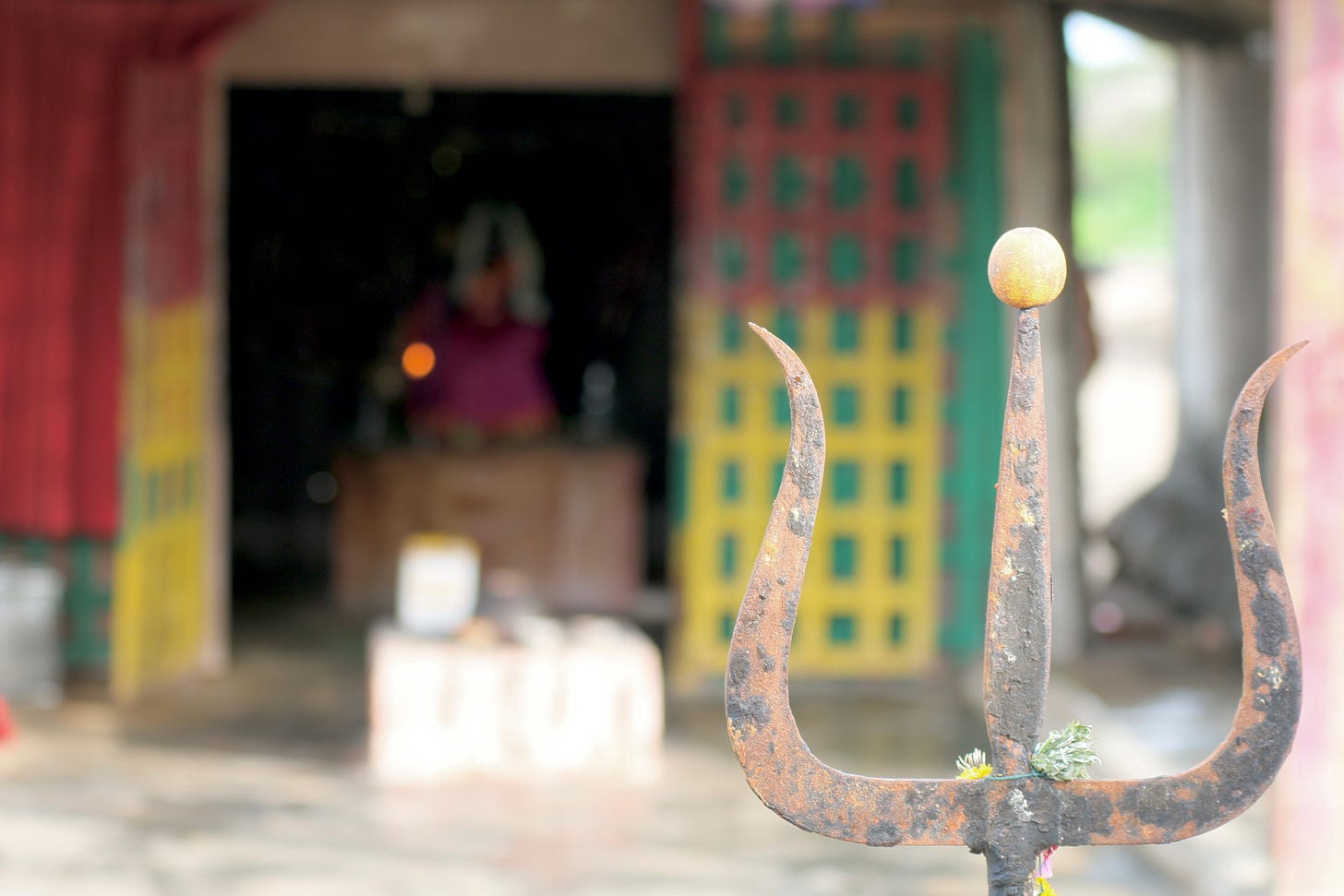
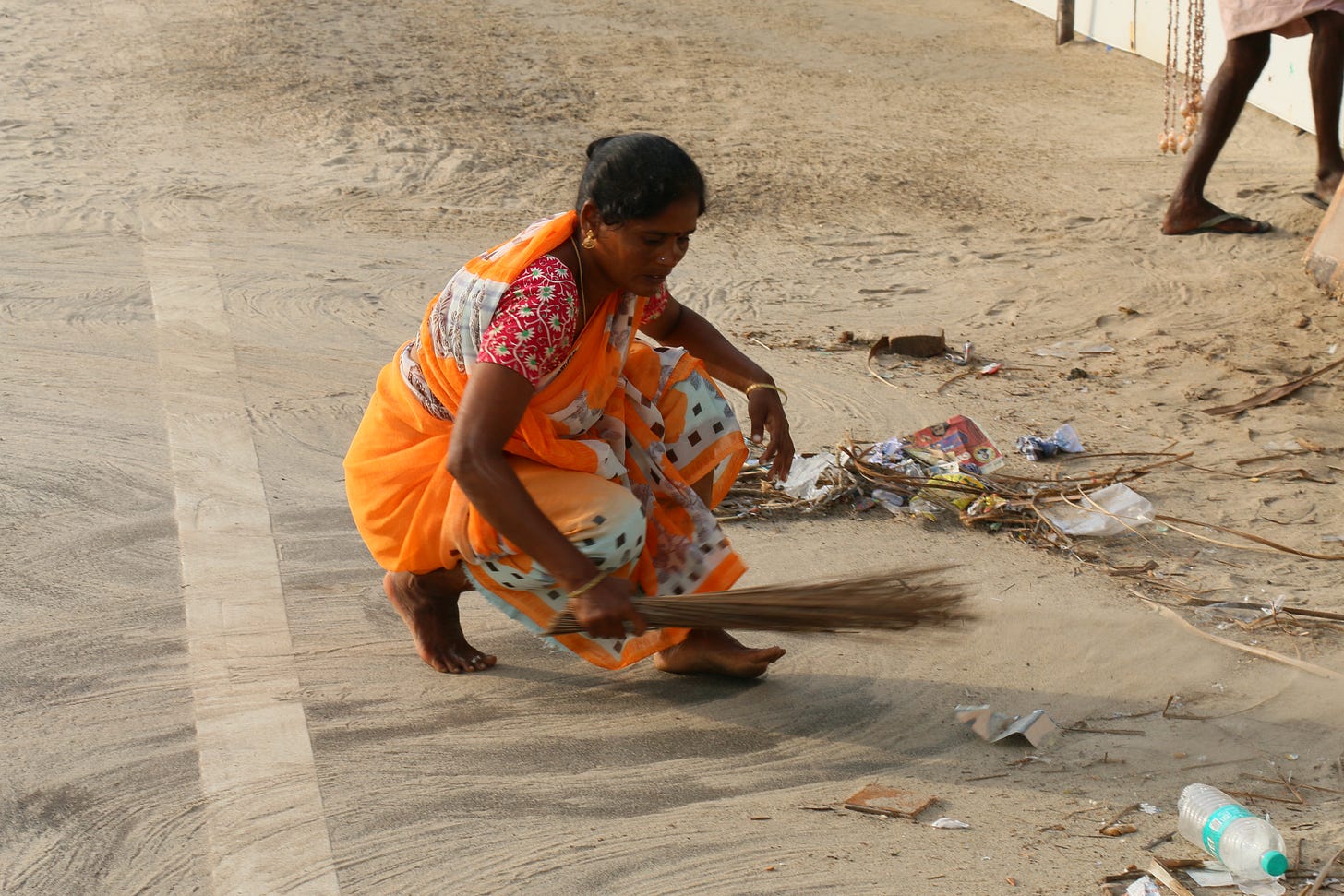
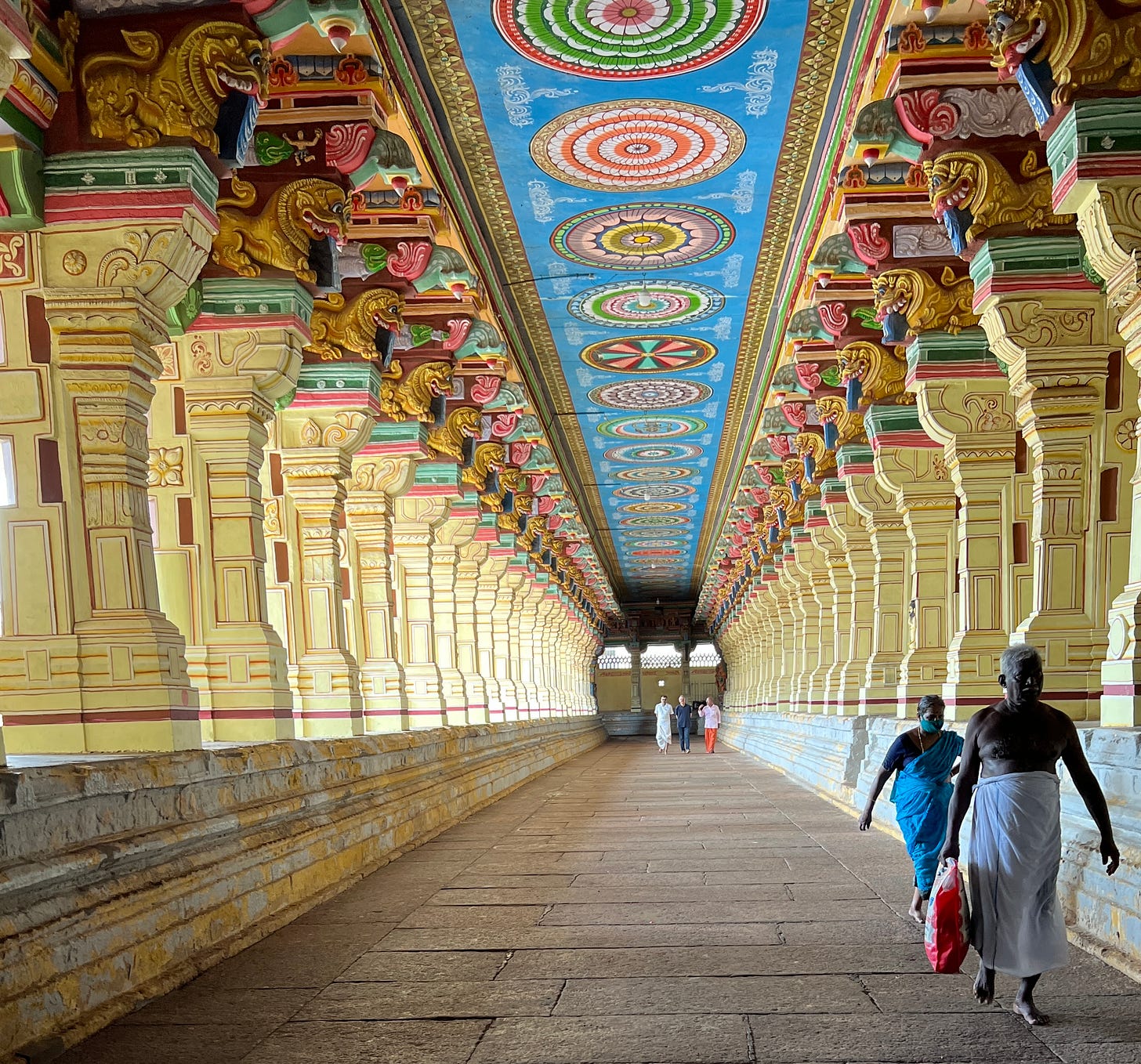
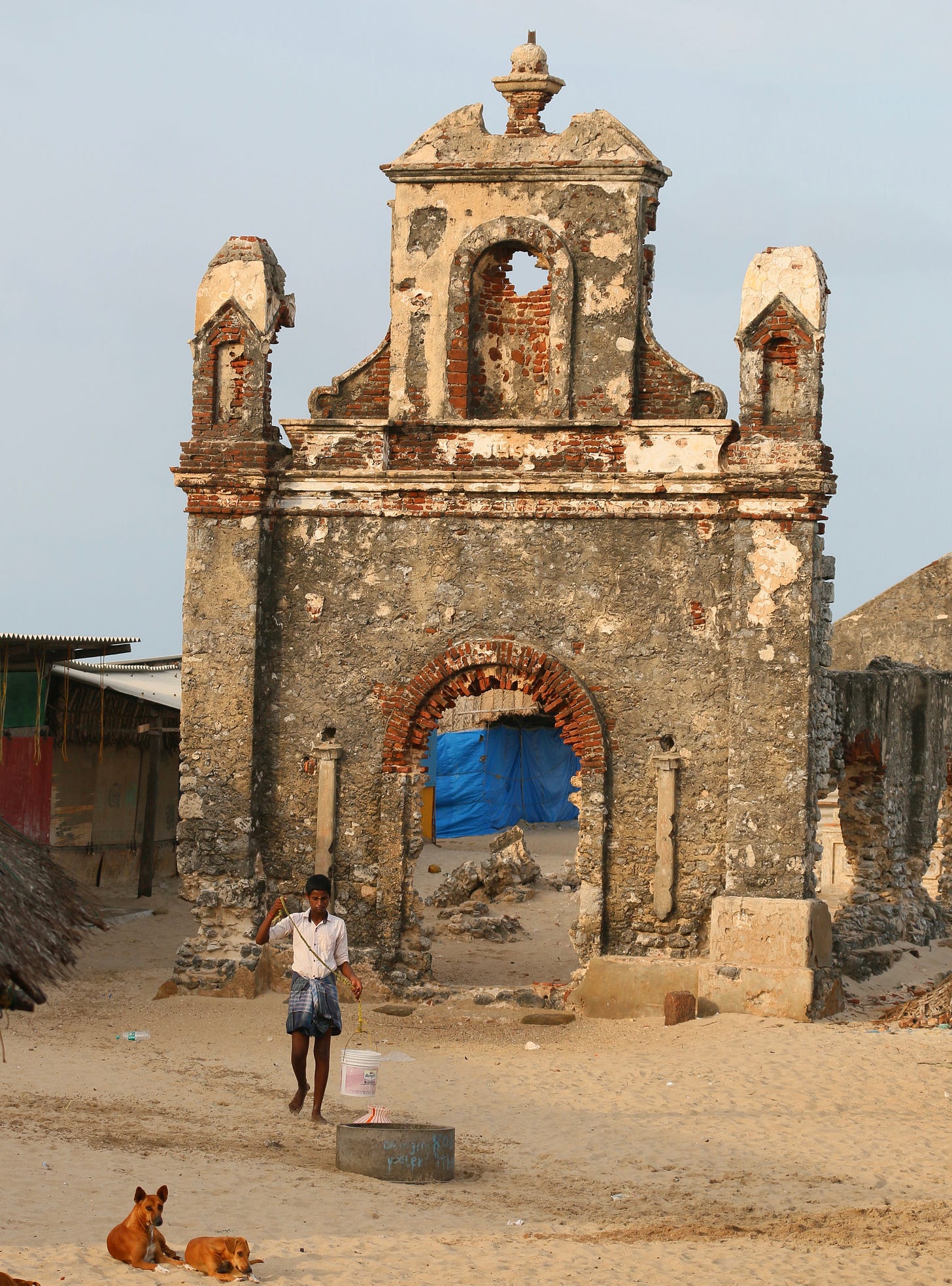

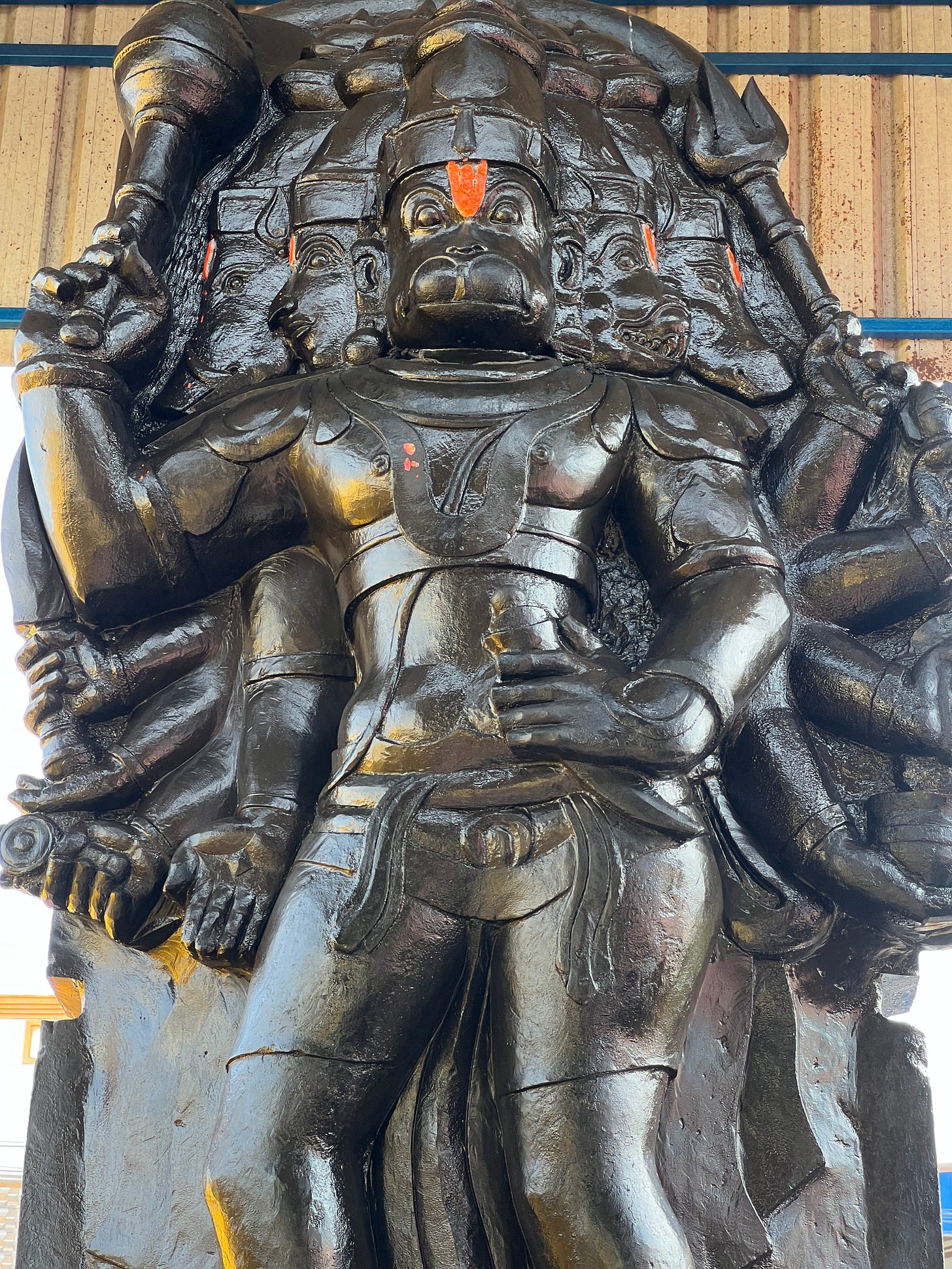
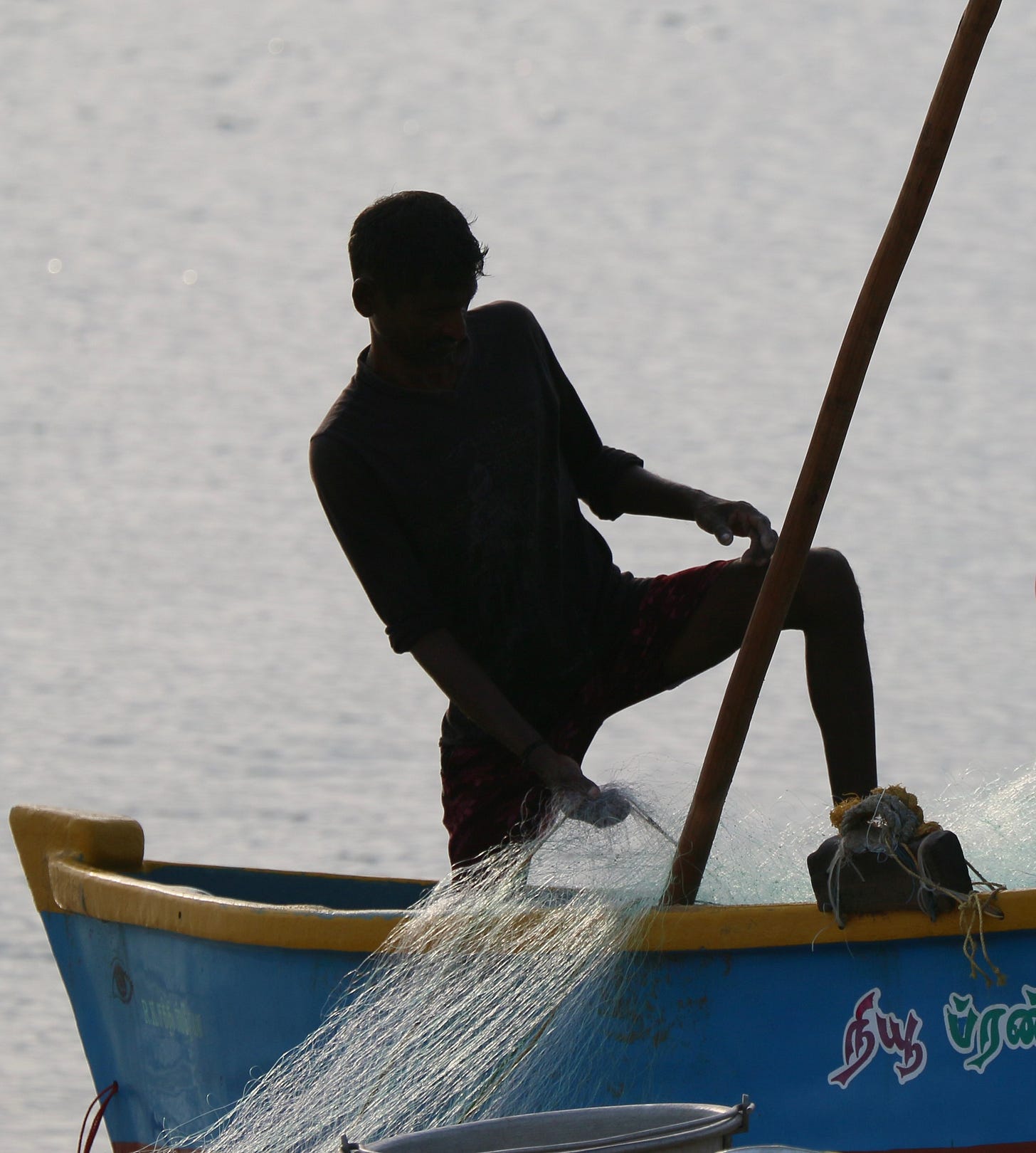
Bill, I’m learning so much from your photos and narratives of India. Thank you.
Marjorie Roegge